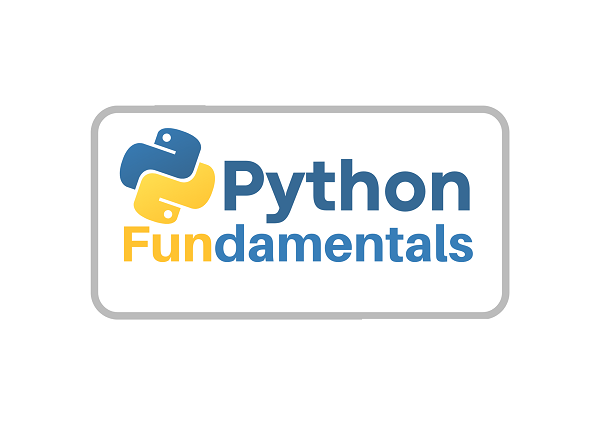Want To Setup Auto-GPT? Follow These Easy Steps.
Looking to automate your content creation process? Follow these simple steps to set up Auto-GPT and save time. This powerful tool can help you create high-quality content quickly and easily.
Auto-GPT, also known as Automatic Generative Pre-training Transformer, is a state-of-the-art technology that can generate high-quality, human-like text based on a given prompt or input. Setting up Auto-GPT can be a complex process, but with the right tools and guidance, anyone can get started with this powerful technology.
In this article, we will walk you through the steps of setting up Auto-GPT, from choosing a model to selecting a cloud service provider, to fine-tuning your model for optimal results.
Step 1: Choose Your Auto-GPT Model
The first step in setting up Auto-GPT is to
choose a model that best fits your needs. There are several different models
available, each with different capabilities and tradeoffs. The most popular
Auto-GPT models are GPT-2, GPT-3, GPT-Neo, and GPT-4.
GPT-2 is a smaller model that is easy to use
and fine-tune. It is best suited for small-scale projects or for those who are
new to Auto-GPT. GPT-3 is a larger and more powerful model that can generate
high-quality text with very little input. However, it can be more difficult to
fine-tune and may require more computational resources.
GPT-Neo is a community-led project that aims to
create a free and open-source alternative to GPT-3. It is a smaller model that
can be fine-tuned to achieve similar results as GPT-3. Choosing the right model
will depend on your specific needs and the resources available to you.
What’s new about
GPT-4?
OpenAI has claimed that the GPT-4 language
model is superior to its predecessors in three significant areas: creativity,
visual input, and context length. When it comes to creativity, GPT-4 is
expected to excel at not only generating but also collaborating with users on
creative projects. It can be used for composing music, screenplays, technical
writing, and even adapting to a user's writing style.
Step 2: Select a Cloud Service Provider
Once you have chosen your Auto-GPT model, the
next step is to select a cloud service provider to host your model. Some
popular options include Google Cloud Platform, Amazon Web Services, and
Microsoft Azure. Each provider offers different pricing plans and resources, so
it is important to compare options and choose the one that best fits your needs
and budget.
When selecting a cloud service provider, it is
important to consider factors such as scalability, reliability, and security.
You will also need to set up an account and configure your virtual machine to
run your Auto-GPT model.
Step 3: Fine-Tune Your Model
After you have selected your model and cloud
service provider, the next step is to fine-tune your model for optimal results.
Fine-tuning involves training your model on a specific dataset or task, such as
generating news articles or product descriptions.
To fine-tune your Auto-GPT model, you will need
to provide it with a dataset and a set of prompts or inputs. The model will
then use this information to generate new text that is similar in style and
tone to the input data. Fine-tuning can take several hours or even days,
depending on the size of your dataset and the complexity of your task.
Step 4: Evaluate Your Results
Once you have fine-tuned your Auto-GPT model,
the final step is to evaluate your results. This involves testing your model on
new inputs or prompts and assessing the quality and coherence of the generated
text.
It is important to remember that Auto-GPT is
not perfect and may produce errors or biases in the generated text. To mitigate
these risks, it is important to carefully evaluate and monitor your model and
to continuously refine it as needed.
Conclusion
Setting up Auto-GPT can be a challenging but
rewarding process. With the right tools and guidance, anyone can harness the
power of this technology to generate high-quality, human-like text for a variety
of applications. By carefully choosing your model, selecting a cloud service
provider, fine-tuning your model, and evaluating your results, you can create a
powerful Auto-GPT system that meets your needs and delivers exceptional
results.




Comments
Post a Comment